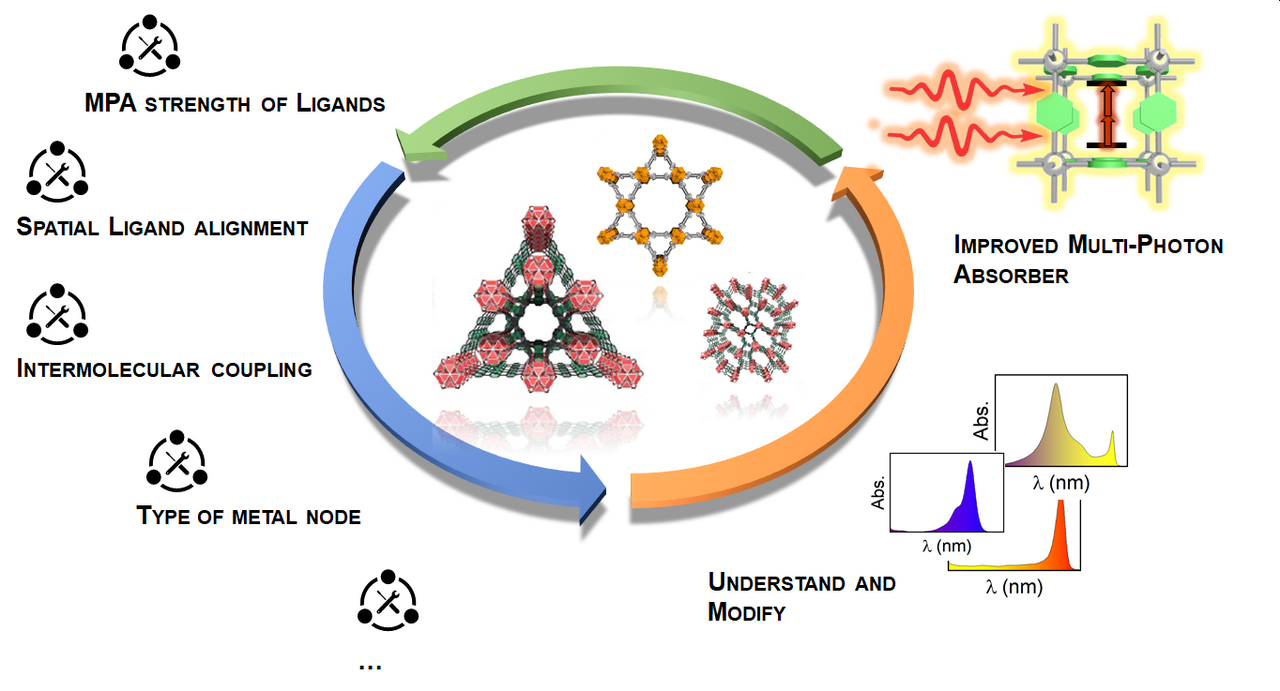Contents

Source: COORNETs – Technische Universität München
Understanding Multiphoton Absorption in Photonics
Introduction to Multiphoton Absorption
In the realm of photonics, multiphoton absorption is a fascinating nonlinear optical process that occurs in dielectric materials and semiconductors. This phenomenon allows for electronic excitations even when individual photon energies are insufficient to bridge the material’s band gap. Instead, multiple photons of lower energy can be absorbed simultaneously, with their combined energy exceeding the band gap. This process is known as multiphoton absorption, with the most straightforward variant being two-photon absorption.
The Mechanism of Multiphoton Absorption
For linear electronic absorption to occur, the photon energy must meet or exceed the band gap energy of the material. However, at high optical intensities, such as those produced by lasers, multiphoton absorption becomes significant. The absorption rate in these processes is not just proportional to the optical intensity but is instead related to the power of the intensity. This means that at low to moderate intensities, the absorption rate is minimal, but it can become dominant at high intensities, particularly when laser pulses are focused.
Examples of Multiphoton Absorption
Multiphoton absorption is frequently involved in laser-induced damage within transparent media. In these cases, linear electronic absorption is not feasible at the optical wavelength being used, meaning that energy cannot be deposited at low optical intensities. However, at high intensities, multiphoton absorption can lead to energy deposition, initiating a process that may result in optical damage. This principle is leveraged in laser material processing of transparent materials such as glass.
Applications in Laser Microscopy
Multiphoton absorption is particularly beneficial in laser microscopy, including fluorescence microscopy. In these techniques, multiphoton absorption—typically two-photon or three-photon absorption—is utilized with strongly focused femtosecond laser excitation. This approach offers several advantages over linear excitation. First, it allows the use of laser sources with longer emission wavelengths, which are often easier to produce. Second, longer-wavelength light can penetrate deeper into materials without significant absorption, except at the beam focus where optical intensities are higher. This results in enhanced longitudinal image resolution and reduced interference from fluorescence in non-image planes.
Conclusion
Multiphoton absorption is an integral concept in photonics, enabling advanced applications in microscopy and material processing. By understanding the principles and mechanisms behind this nonlinear process, researchers and engineers can harness its potential to innovate and improve technologies across various fields.

Source: Edmund Optics
Feel free to comment your thoughts.



